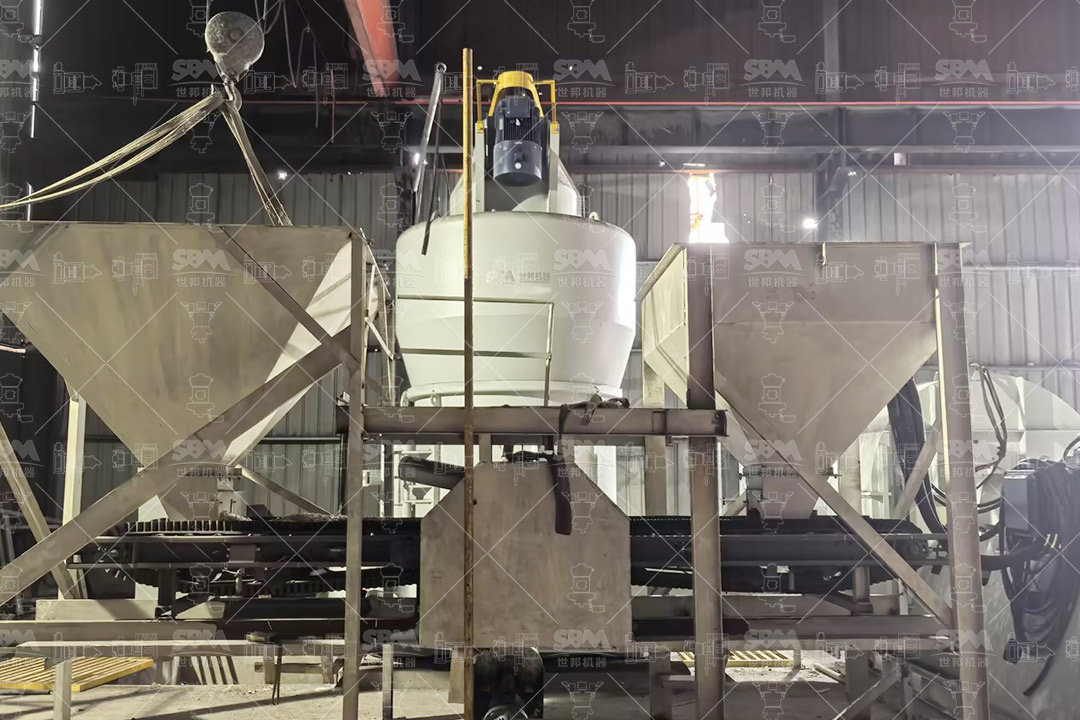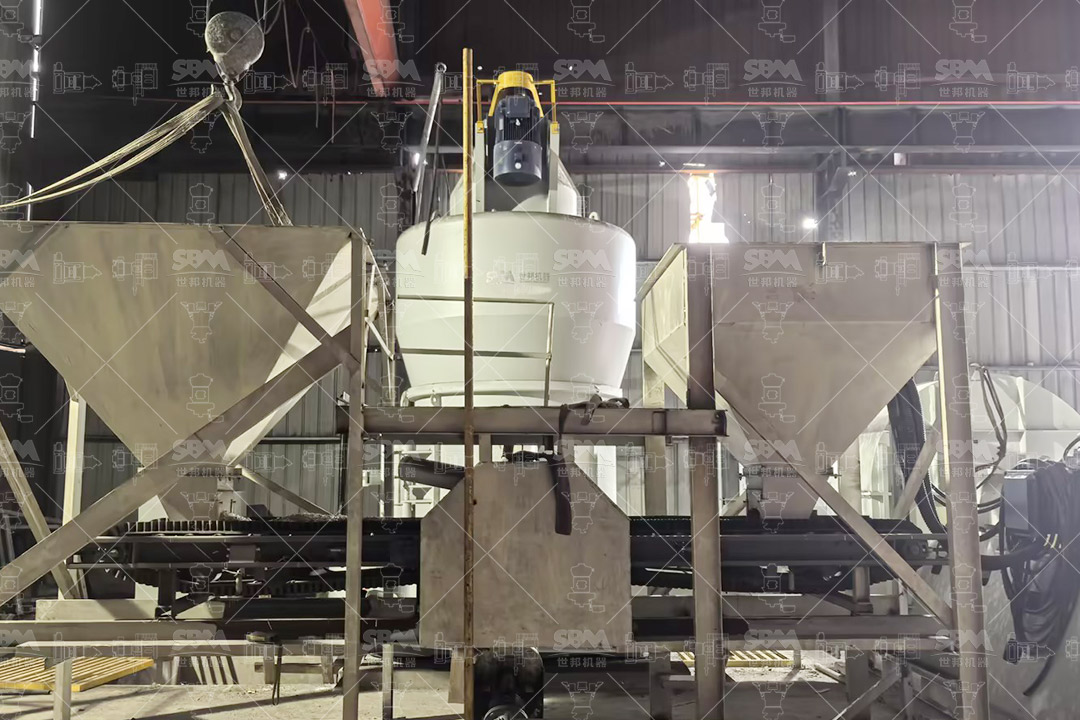Carbon black processing represents one of the most demanding applications in industrial grinding technology. As a key material in rubber, plastics, ink, and coating industries, carbon black requires precise particle size distribution, high purity, and consistent quality. The selection of an appropriate vertical mill is crucial for achieving optimal processing efficiency, product quality, and operational economy. This comprehensive guide examines the critical factors that processors must consider when choosing vertical milling equipment specifically for carbon black applications.

Before selecting milling equipment, it’s essential to understand the unique properties of carbon black that influence processing requirements:
Carbon black consists of spherical particles that form aggregates with complex chain-like structures. While individual particles are relatively soft, the aggregate structure creates challenging grinding characteristics that require specific milling approaches.
The performance of carbon black in final applications depends heavily on surface area, which correlates with particle size. Different applications require specific surface areas ranging from 20 m²/g for reinforcing fillers to over 1500 m²/g for specialty conductive carbons.
Carbon black’s porous structure affects its oil absorption capacity, which is critical for applications in rubber and ink formulations. The milling process must preserve these structural characteristics while achieving target particle sizes.
The ability to achieve and maintain precise particle size distribution is paramount in carbon black processing. The milling system must provide:
Grinding operations typically account for 60-70% of total energy consumption in carbon black processing plants. Key efficiency factors include:
| Efficiency Factor | Impact on Operating Cost | Industry Benchmark |
|---|---|---|
| Specific Energy Consumption | Direct power cost | 30-100 kWh/ton |
| Wear Part Consumption | Maintenance and replacement | 0.5-2.0% of production cost |
| System Availability | Production throughput | >95% for modern systems |
Carbon black’s abrasive nature demands exceptional wear resistance in milling components. Consider:
Excessive heat generation during milling can degrade carbon black quality and create safety hazards. Effective thermal management systems must:

For applications requiring sub-micron particle sizes, specialized ultra-fine grinding technologies offer significant advantages. Our SCM Ultrafine Mill represents the cutting edge in carbon black processing technology, specifically engineered to meet the demanding requirements of modern carbon black production.
The SCM series delivers exceptional performance with output fineness ranging from 325 to 2500 mesh (D97 ≤ 5μm), making it ideal for high-value specialty carbon blacks. With processing capacities from 0.5 to 25 tons per hour across different models, this system provides remarkable energy efficiency – achieving twice the capacity of jet mills while reducing energy consumption by 30%.
Key technological advantages include:
For large-scale carbon black production facilities, the MTW Series Trapezium Mill offers robust performance with processing capacities up to 45 tons per hour. This European-designed technology incorporates multiple innovations specifically beneficial for carbon black processing:
Modern vertical mills combine grinding and classification in single, integrated systems that offer significant advantages for carbon black processing:
| System Type | Advantages for Carbon Black | Typical Applications |
|---|---|---|
| Integrated Grinding/Classification | Reduced footprint, lower energy consumption | High-volume furnace black |
| Multi-Stage Classification | Sharper particle size distribution | Specialty conductive blacks |
| Closed-Circuit Systems | Improved yield and consistency | High-purity medical grades |
Carbon black’s fine particle nature creates significant dust control challenges. Modern milling systems must incorporate:
With increasing regulatory focus on workplace noise exposure, advanced milling systems employ multiple noise reduction strategies:

Carbon black processors often handle multiple feedstock types with varying characteristics. The ideal milling system should accommodate:
When selecting milling equipment, consider not only current needs but also future expansion requirements:
Beyond initial equipment cost, comprehensive economic analysis should include:
Modern high-efficiency milling systems typically demonstrate ROI periods of 18-36 months through:
A major carbon black producer implemented our SCM8021 model for specialty black production, achieving remarkable results:
| Performance Metric | Before Implementation | After Implementation | Improvement |
|---|---|---|---|
| Energy Consumption | 85 kWh/ton | 55 kWh/ton | 35% reduction |
| Product Quality (D97 consistency) | ±15% variation | ±5% variation | 67% improvement |
| Maintenance Costs | $12.50/ton | $7.80/ton | 38% reduction |
| System Availability | 88% | 96% | 9% improvement |
Selecting the optimal vertical mill for carbon black processing requires careful consideration of multiple technical, operational, and economic factors. The unique characteristics of carbon black demand specialized milling solutions that balance particle size control, energy efficiency, wear resistance, and environmental compliance. Advanced technologies like our SCM Ultrafine Mill and MTW Series Trapezium Mill offer proven performance in demanding carbon black applications, delivering the precision, reliability, and economy that modern processors require. By thoroughly evaluating these key factors and partnering with experienced equipment suppliers, carbon black producers can optimize their operations for maximum competitiveness in an increasingly demanding global market.